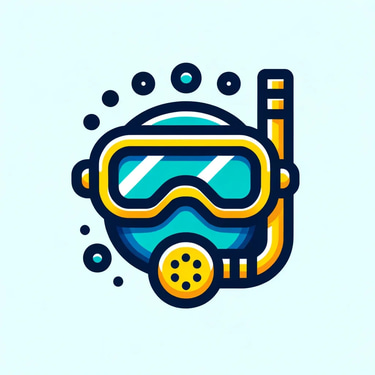What to Expect from Your First Scuba Class
Curious about what your first scuba class will be like? This guide walks you through each step, from theory to confined water training, so you’ll know exactly what to expect on your path to certification.
IF YOU ARE NEW TO DIVING...START YOUR JOURNEY HERE


What to Expect from Your First Scuba Class
Starting your scuba diving journey is an exciting step into an entirely new world — one filled with coral reefs, vibrant marine life, and underwater adventure. But before you dive in, you’ll need to complete a scuba certification course. If you're wondering what to expect from your first scuba class, this guide breaks it down to ease your nerves and prepare you for success.
1. Classroom or Online Learning
Your first step will likely involve some academic learning, either in a classroom or through an online platform. You’ll cover topics such as:
How pressure affects the body
Basic diving physics and physiology
Equipment function and safety
Dive planning and emergency procedures
This part ensures you understand the science behind scuba diving and the safety rules that protect you underwater.
2. Getting Familiar with Gear
You’ll be introduced to the essential scuba gear, including:
Mask, snorkel, fins
Buoyancy Control Device (BCD)
Regulator and alternate air source
Dive computer or depth gauge
Tank and weights
Instructors will show you how to assemble, check, and handle this equipment confidently — a crucial skill for all divers.
3. Confined Water Sessions
After the theory portion, you’ll move into a pool or confined water environment. Here’s where you'll practice basic diving skills, such as:
Clearing water from your mask
Regulator recovery
Buoyancy control
Equalizing pressure
Emergency ascent procedures
These sessions are designed to build your confidence and comfort in the water under direct supervision.
4. Safety Emphasis and Buddy System
Expect your instructor to continually emphasize scuba safety rules, like never holding your breath, ascending slowly, and diving with a buddy. You’ll learn to communicate using underwater hand signals and rely on your dive partner throughout your training.
5. Preparing for Open Water Dives
Most certification programs (like PADI or NAUI) require a set number of open water dives after completing your class and confined water training. These dives are typically done in a local lake, quarry, or ocean and are where you’ll apply your skills in a real-world setting.
Once completed, you’ll receive your certification card, allowing you to rent gear and join dive trips anywhere in the world.
Conclusion
Your first scuba class is an exciting mix of theory, practice, and hands-on experience that lays the groundwork for safe and enjoyable diving. It’s normal to feel nervous — but with guidance from certified instructors and a well-structured curriculum, you’ll be blowing bubbles confidently in no time.
Works Cited
PADI. (2023). Learn to dive: Open Water Diver course. https://www.padi.com/courses/open-water-diver
NAUI Worldwide. (2023). Entry-level scuba diver training. https://www.naui.org/certifications/scuba-diver/
Scuba Diving Magazine. (2024). What to expect in your first scuba class. https://www.scubadiving.com
